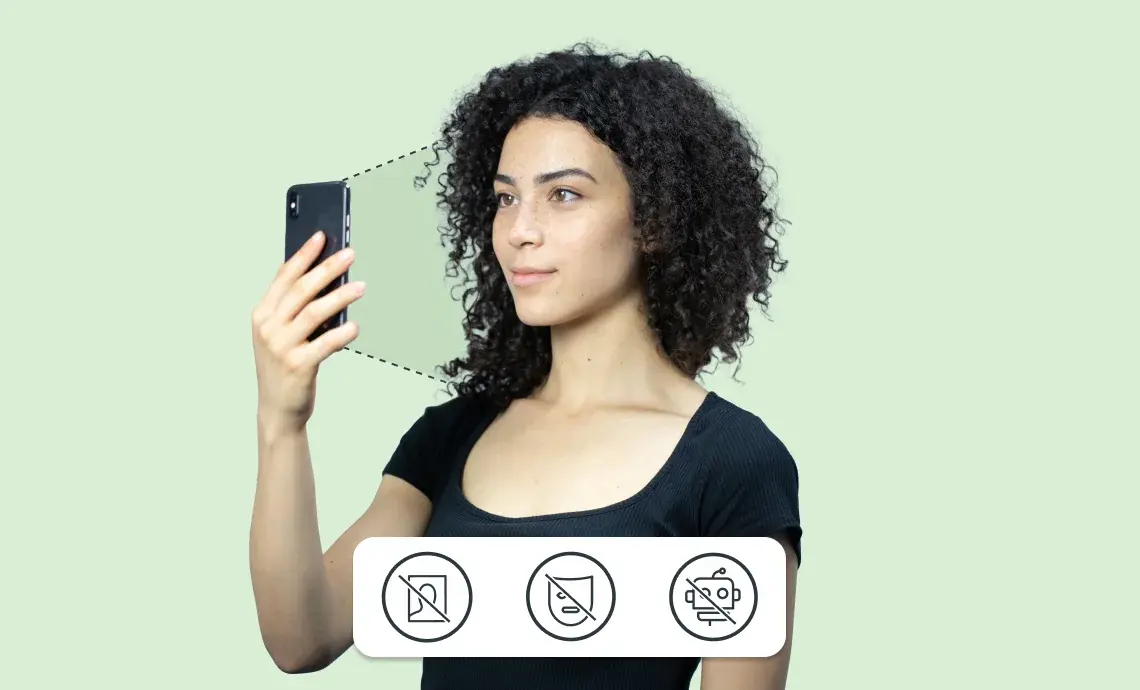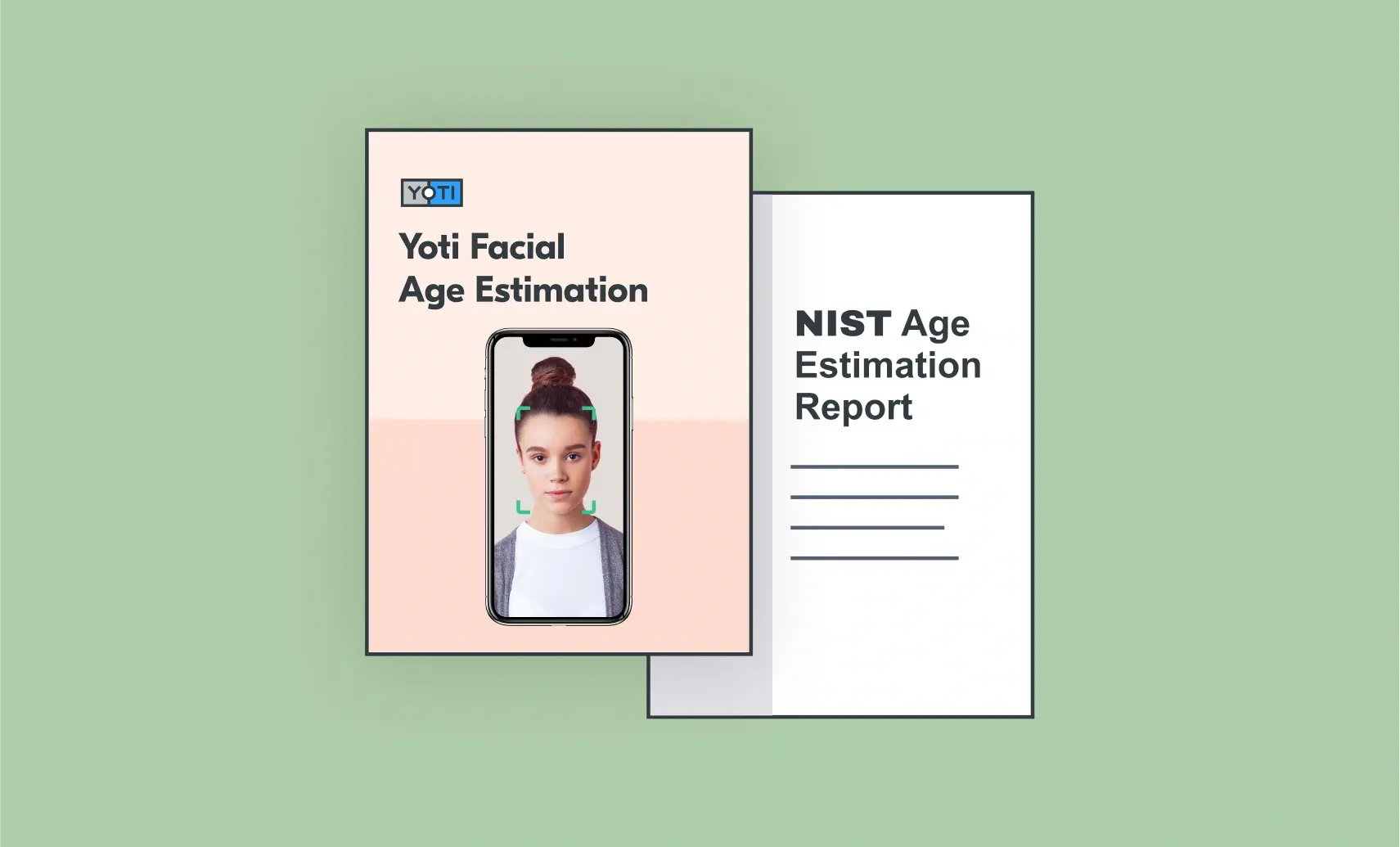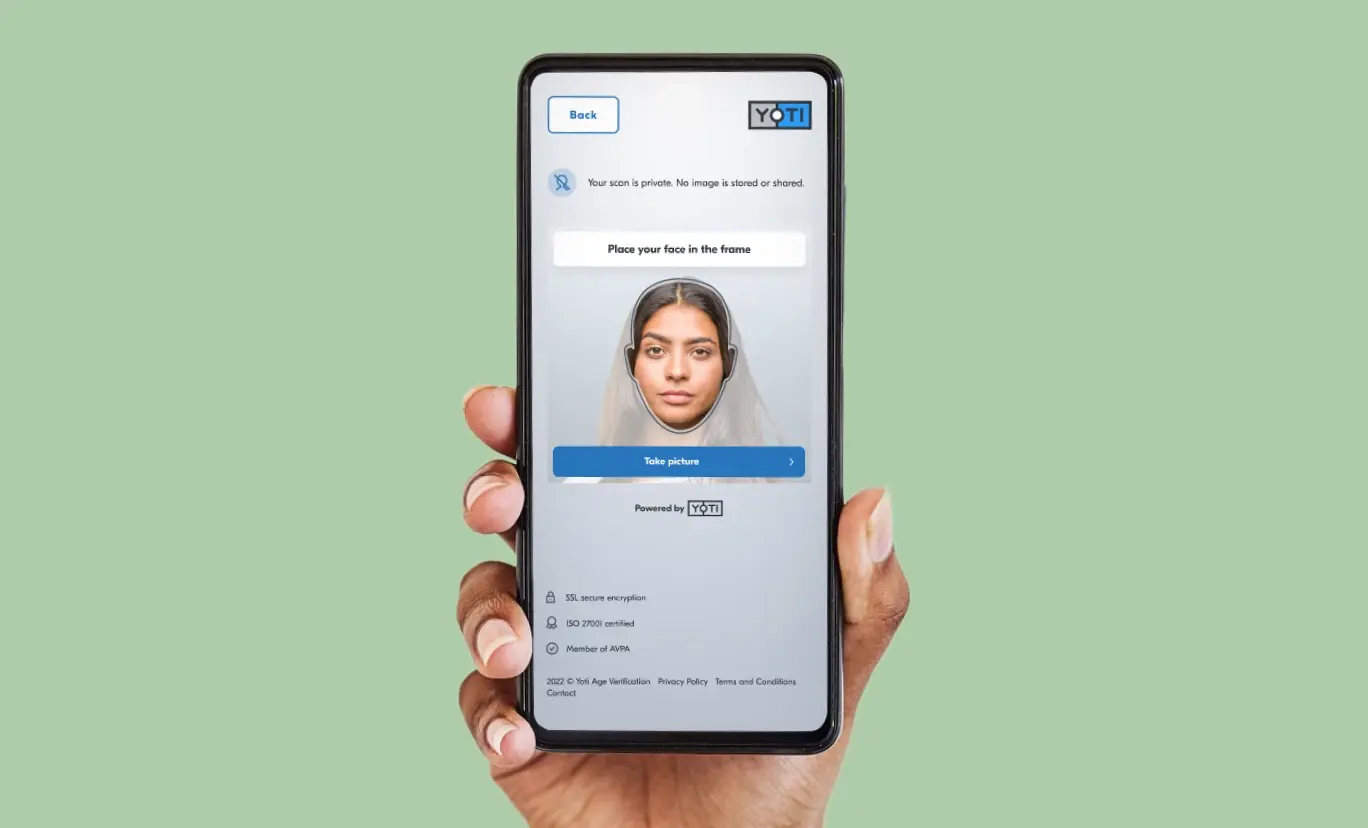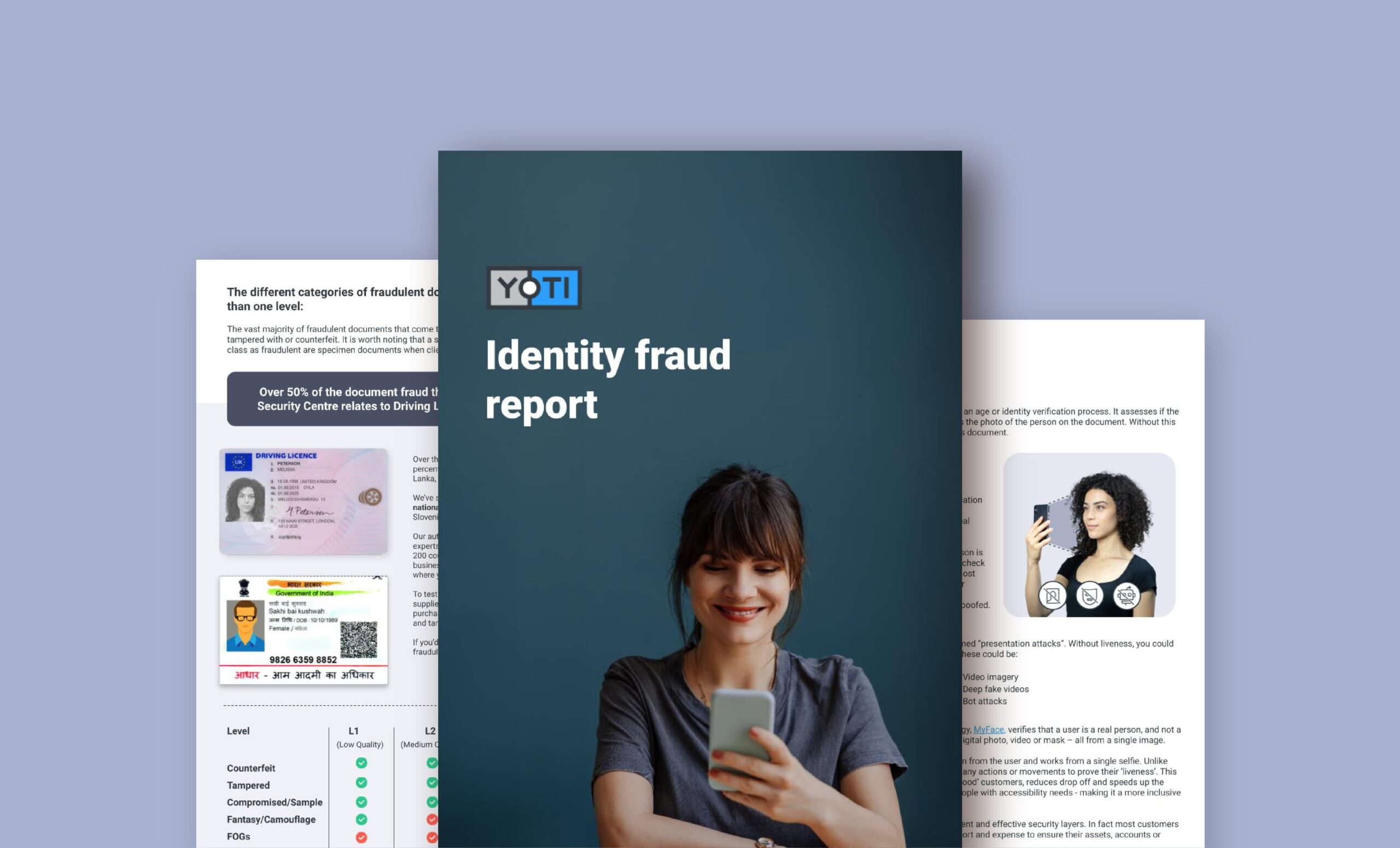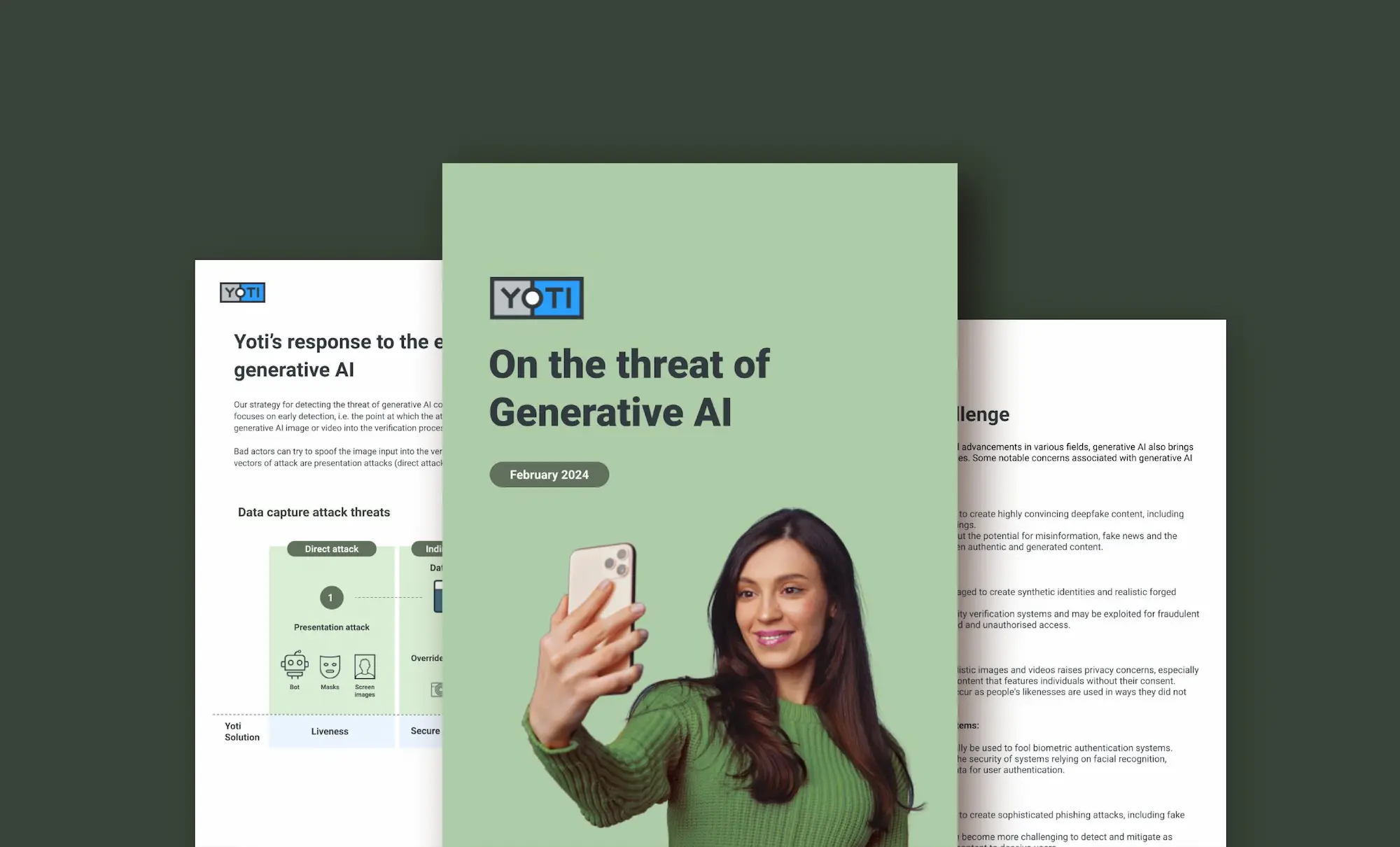Business
How facial biometric verification protects your customers from identity fraud
Back in the day, identity theft mostly involved fraudsters stealing personal information, such as credit card details, to commit fraud or impersonate others in person. It was a pretty straightforward game of cat and mouse between scammers and a business, typically carried out face-to-face. As the world has become more digitised, identity fraud has evolved to meet this digital world. One powerful solution in our arsenal against biometric frauds is biometric verification. Let’s dive into what it is, how it works, and why it’s crucial for keeping your customers and online community safe. What is identity fraud? Identity
Why do Yoti facial age estimation results published by NIST differ to those reported by Yoti in its white papers
In September 2023, we submitted our facial age estimation model to the US National Institute of Standards and Technology (NIST), as part of a public testing process. This is the first time since 2014 that NIST has evaluated facial age estimation algorithms. NIST age estimation reports are likely to become a globally trusted performance guide for vendor models. NIST assessed vendor Facial Age Estimation models using 4 data test sets at certain image sizes: NIST provides some example images: NIST note in their report that age estimation accuracy “will depend on
Yoti assessed in the NIST Face Analysis Technology Evaluation program
An increasing amount of legislation is being introduced globally demanding that organisations effectively check the age of their users. It’s important that these age checks are inclusive; people should have a choice in how they prove their age. Regulators are recognising that not everyone will feel comfortable or be able to use a method based on identity documents. Facial age estimation gives people a way to prove their age without sharing their name, date of birth and other personal information from identity documents. It can improve online safety and help companies to comply with legislation, without having to process or
Yoti Identity Fraud Report
We’re pleased to publish the first edition of our identity fraud report, which explores the fraud trends we’ve seen over the past 24 months. We delve into the tactics fraudsters are using and how these are evolving. We also explain why using technology and a team of verification experts together provides the best defence against fraud. Key takeaways from the report: It’s challenging to understand the exact figures and the true scale of fraud; businesses can only report on the fraud they know about Fraud is evolving; fraudsters are exploiting different tactics including deepfakes and tampered with documents
On the threat of detecting deepfakes
Learn how Yoti can help you defeat deepfakes As the threat of generative AI in identity and content integrity continues to build, Yoti has developed a comprehensive strategy focused on early detection by using tools to prevent AI-generated content or attacks at the point of source. Yoti’s strategy for detecting generative AI threats targets two attack vectors: presentation attacks (direct) and injection attacks (indirect), with a focus on early detection during the verification or authentication process. Our proprietary and patented technology can work on: Deepfakes Illicit images Account takeovers Identity theft and fraud Content moderation Injection attacks Bot
How Claims Gate automates KYC for some of the UK's highest volume litigation cases
“With Yoti’s technology, we can offer a seamless and positive customer experience; all of this reduces friction and improves the onboarding process.” James Jackson Managing Director at Claims Gate Claims Gate is a legal tech company that helps law firms onboard more clients for high volume group litigation cases. They allow law firms to automate the client qualification, esigning, document review, KYC and identity checks that law firms would otherwise have to do manually. We helped them: Provide automated identity verification checks on behalf of law firms. Offer the most user friendly interface and experience possible.

